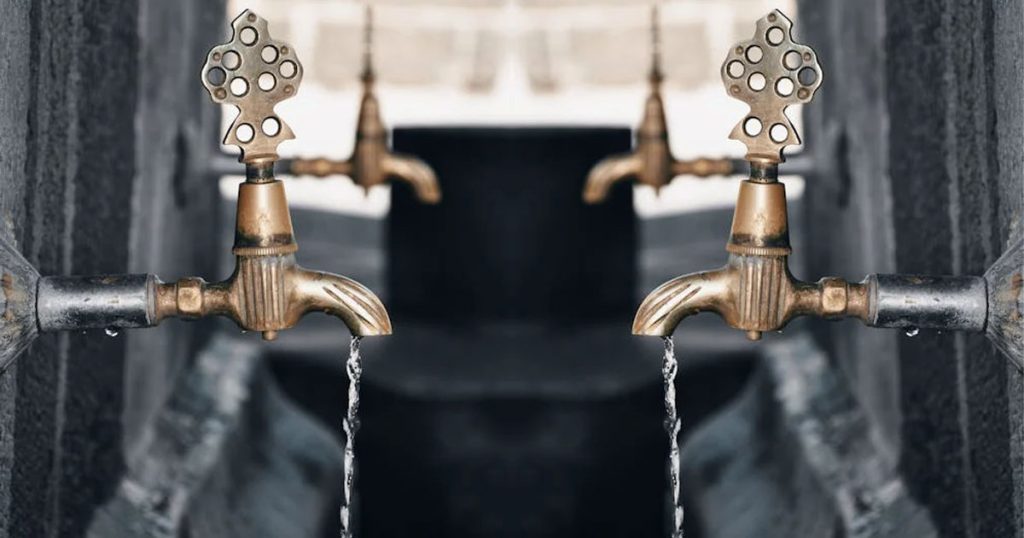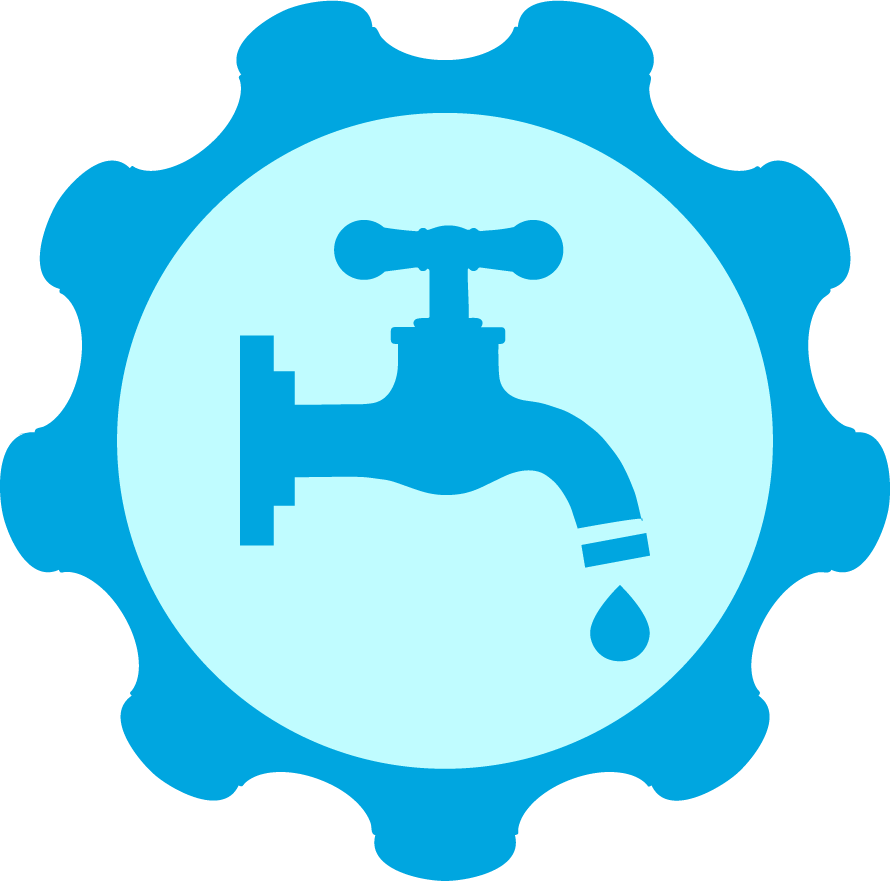Fixing Your Leaky Faucet Once and for All

A leaky faucet can be more than just an annoyance—it can also waste water and inflate your utility bills. From rinsing dishes to washing hands, faucets are among a home’s most frequently used fixtures, so it’s no surprise they eventually experience wear and tear. Luckily, most dripping faucets can be fixed with the right tools and some know-how. Follow these steps to tackle minor faucet repairs independently, or connect with a licensed plumber through PlumberHelp if you need professional help.
Table of Contents
Gather Your Tools
Before you begin, assemble the essentials for a typical faucet repair:
- Flat-Head Screwdriver
- Adjustable Wrench
- Replacement Washers and O-rings
- Penetrating Oil (e.g., WD-40)
Most faucet leaks stem from a worn-out washer or seat assembly, making it impossible for the Faucet to form a watertight seal against normal water pressure. The good news? These replacement parts are inexpensive and easy to find at your local hardware store.
Turn Off the Water
Never start dismantling your Faucet without shutting off the water supply first—otherwise, you risk a sudden water surge that can cause damage and a huge mess. You’ll want to:
- Close the Sink Valves: These are typically located under the sink.
- Turn Off the Main Supply (if necessary): In older homes or more complex setups, you may need to shut off water at the main valve.
Spending moments locating and turning off the water will save you from unwanted indoor “rainfall.”
Disassemble the Faucet
With your tools ready and the water supply off, it’s time to open up the Faucet:
- Loosen Stubborn Parts: Apply a bit of penetrating oil to any screws or fasteners that won’t budge.
- Remove Components in Order: Lay out each piece in the order you remove it, or snap photos as you go. This makes reassembly much more manageable.
- Inspect Washers and O-rings. These are typically the prime culprits for leaks. If they’re cracked, worn, or misshapen, swap them out with fresh replacements that fit the valve seat precisely.
Reassemble & Test
Once you’ve replaced the faulty parts:
- Rebuild the Faucet in reverse order, ensuring each component returns to its original position.
- Turn On the Water Supply: Slowly restore water to the Faucet to check for drips.
- Observe: Let the Faucet run briefly, then turn it off to confirm the leak is gone.
Congratulations—you’ve likely resolved the leak!
When DIY Isn’t Enough
Even if you follow these steps meticulously, some leaks are stubborn or indicate deeper plumbing problems. At that point, don’t hesitate to seek professional assistance.
- PlumberHelp connects you with licensed, insured plumbers who bring specialized tools and expertise to ensure your Faucet is repaired correctly (or replaced).
- This approach helps you avoid recurring leaks and the potential for more extensive water damage down the road.
Leaky faucets are widespread but can be straightforward to address if you’re well-prepared. By tackling minor repairs yourself—replacing washers, fixing O-rings, and reassembling your Faucet correctly—you’ll save on water bills and keep your fixtures in top condition.
PlumberHelp is here to connect you with trusted plumbing professionals in your area for persistent leaks or more complex issues. So don’t let that drip drive you mad—take action today, and enjoy a quieter, more efficient faucet for years to come!
